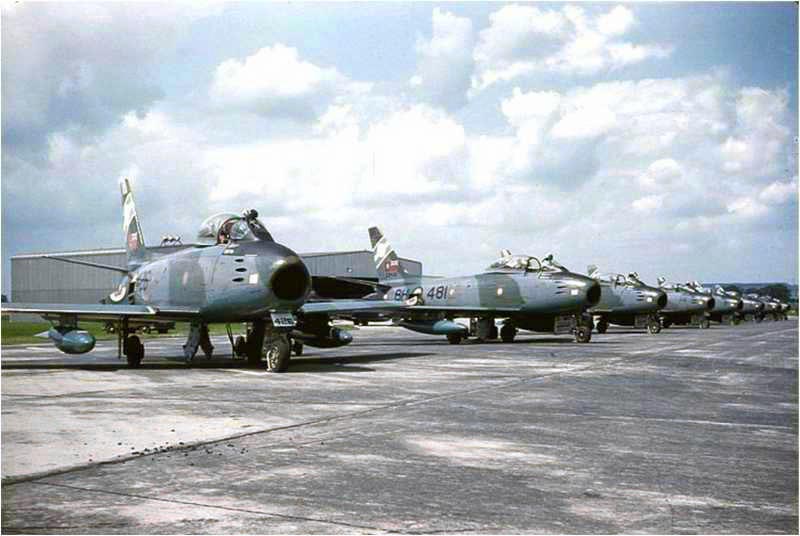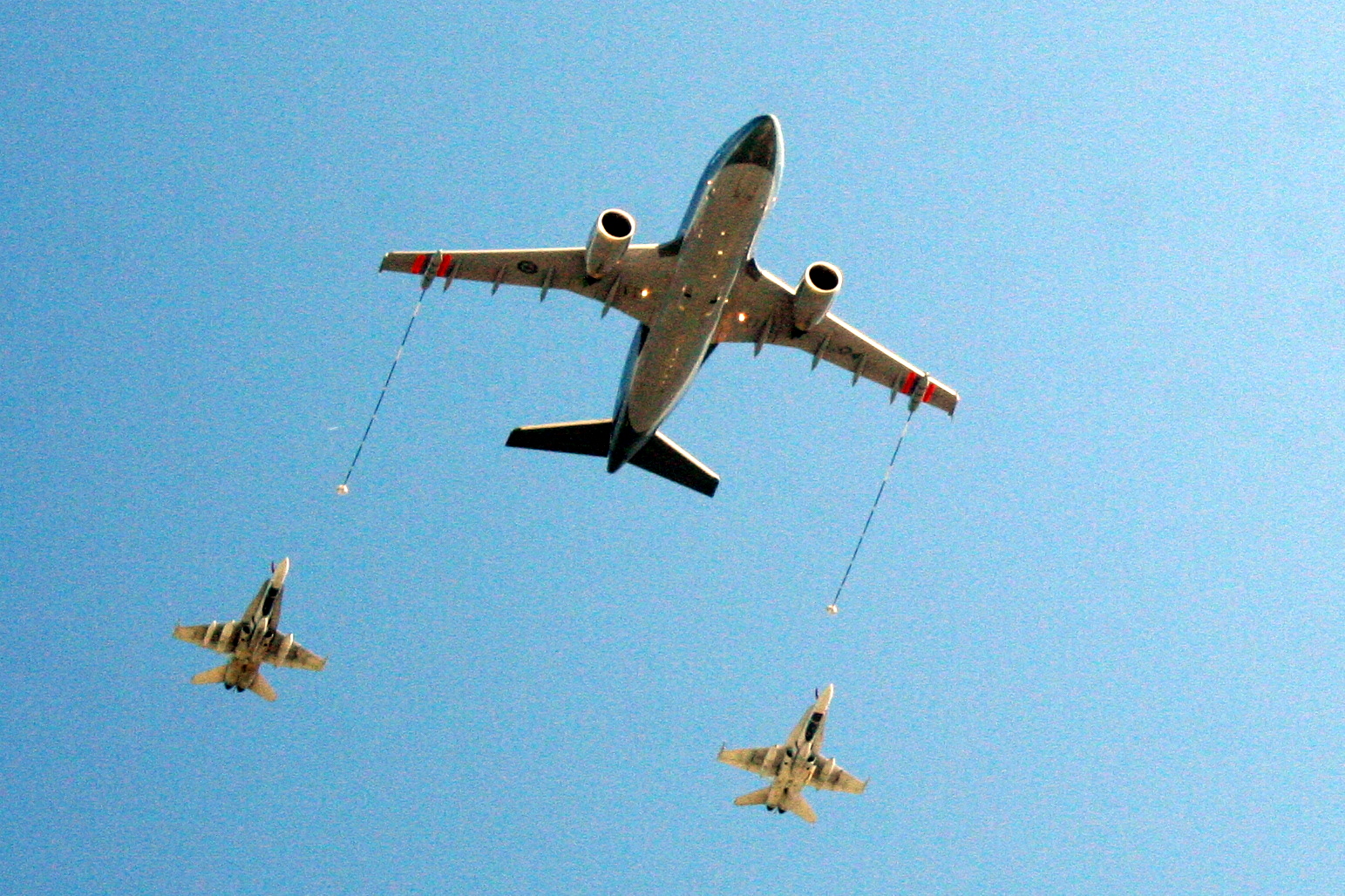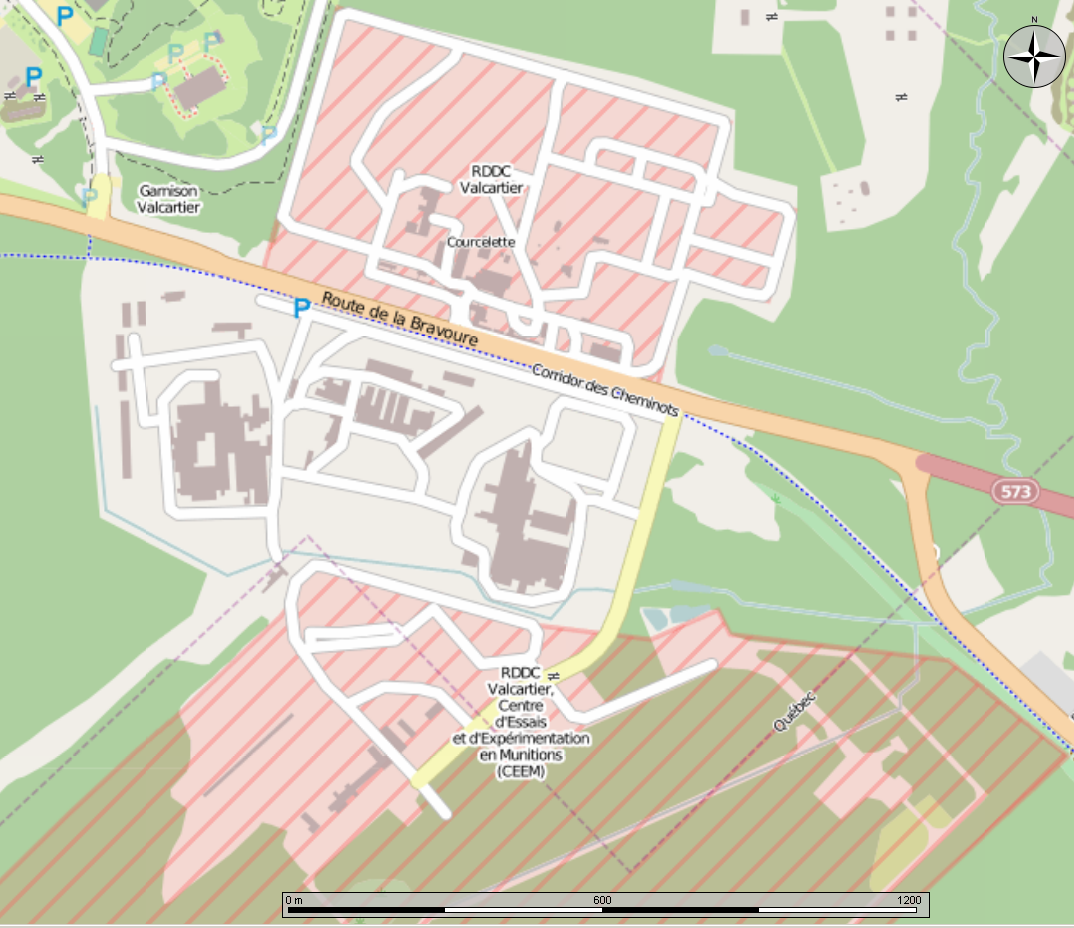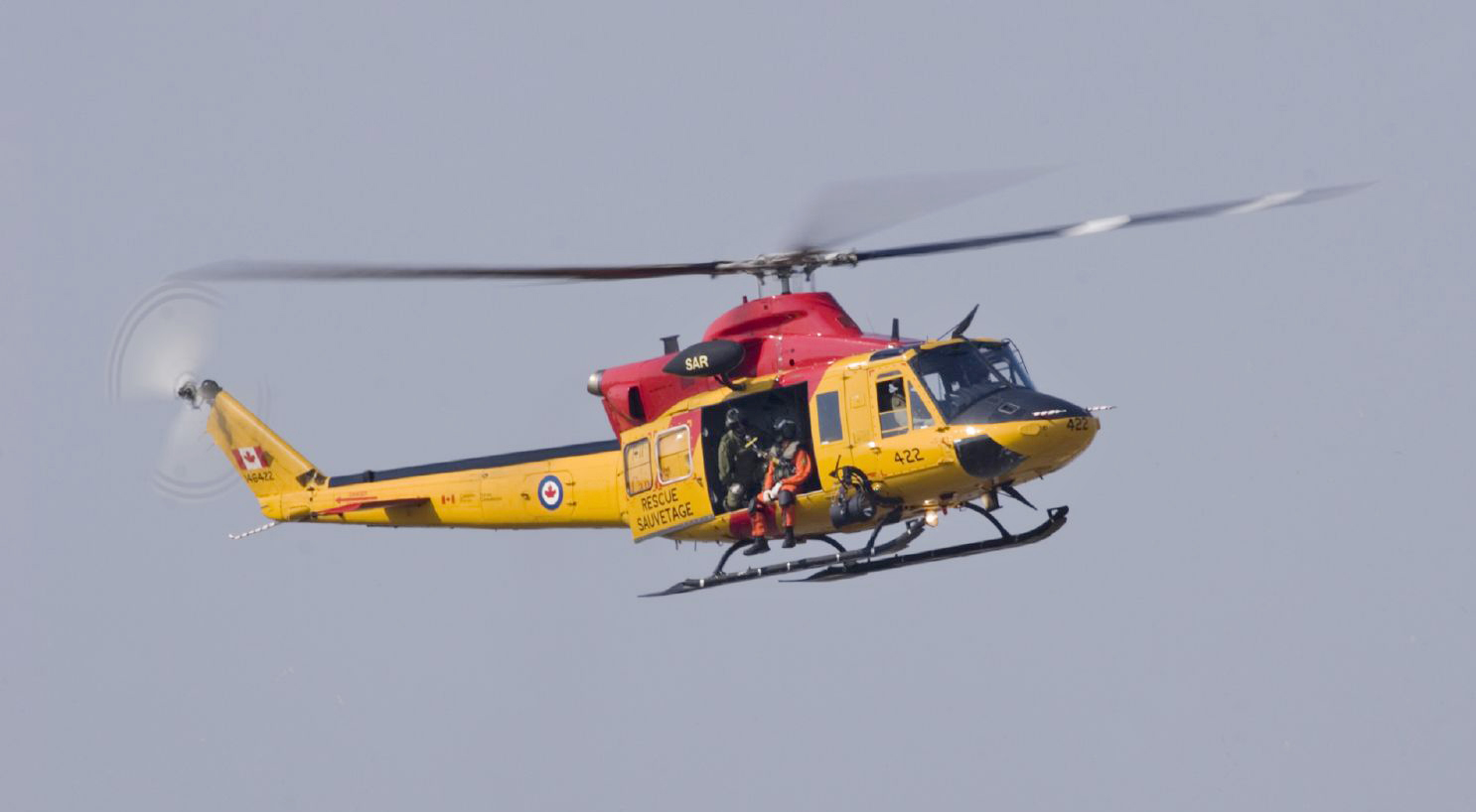|
Operation HALO
Operation Halo was the Canadian Forces contribution of 500 personnel and 6 CH-146 Griffon helicopters to Haiti in March 2004 as part of the United Nations Stabilization Mission in Haiti to assist in stabilizing the country following February's 2004 Haitian coup d'état. Though originally mandated for a total of 90 days, the operation was extended at the request of the United Nations until July 2004 and the Canadian forces returned home in August. The task force was composed of the 2nd Battalion, The Royal Canadian Regiment from CFB Gagetown, the Canadian Forces Joint Operations Group from CFB Kingston, and 430 Tactical Helicopter Squadron from CFB Valcartier. CC-130 Hercules and CC-150 Polaris aircraft based at 8 Wing Trenton provided airlift support for the deployment. See also * Operation Hestia * List of Canadian peacekeeping missions References Halo Halo, halos or haloes usually refer to: * Halo (optical phenomenon) * Halo (religious iconography), a ring of li ... [...More Info...] [...Related Items...] OR: [Wikipedia] [Google] [Baidu] |
Canadian Forces
} The Canadian Armed Forces (CAF; french: Forces armées canadiennes, ''FAC'') are the unified military forces of Canada, including sea, land, and air elements referred to as the Royal Canadian Navy, Canadian Army, and Royal Canadian Air Force. Personnel may belong to either the Regular Force or the Reserve Force, which has four sub-components: the Primary Reserve, Supplementary Reserve, Cadet Organizations Administration and Training Service, and the Canadian Rangers. Under the '' National Defence Act'', the Canadian Armed Forces are an entity separate and distinct from the Department of National Defence (the federal government department responsible for administration and formation of defence policy), which also exists as the civilian support system for the Forces. The Canadian Armed Forces are a professional volunteer force that consists of approximately 68,000 active personnel and 27,000 reserve personnel, increasing to 71,500 and 30,000 respectively under "Strong, Secure ... [...More Info...] [...Related Items...] OR: [Wikipedia] [Google] [Baidu] |
430 Tactical Helicopter Squadron
430 Tactical Helicopter Squadron is a unit of the Canadian Forces under the Royal Canadian Air Force. It operates Bell CH-146 Griffons from CFB Valcartier, near Quebec City in Quebec, Canada. History No. 430 Squadron RCAF was a unit of the Royal Canadian Air Force formed during World War II as the "City of Sudbury" squadron in 1943. Initially created as an army co-operation squadron, 430 was redesignated as a fighter reconnaissance unit later that year. The unit was stationed in England, France, Belgium, the Netherlands, and Germany, and flew photo reconnaissance missions in support of planning for the Normandy landings. After D-Day, missions included before-and-after photography of attacks on V-1 flying bomb launch sites and support for ground forces. 430 Squadron was disbanded in Germany in August 1945.430 T ... [...More Info...] [...Related Items...] OR: [Wikipedia] [Google] [Baidu] |
Military Operations Involving Canada
A military, also known collectively as armed forces, is a heavily armed, highly organized force primarily intended for warfare. It is typically authorized and maintained by a sovereign state, with its members identifiable by their distinct military uniform. It may consist of one or more military branches such as an army, navy, air force, space force, marines, or coast guard. The main task of the military is usually defined as defence of the state and its interests against external armed threats. In broad usage, the terms ''armed forces'' and ''military'' are often treated as synonymous, although in technical usage a distinction is sometimes made in which a country's armed forces may include both its military and other paramilitary forces. There are various forms of irregular military forces, not belonging to a recognized state; though they share many attributes with regular military forces, they are less often referred to as simply ''military''. A nation's military may ... [...More Info...] [...Related Items...] OR: [Wikipedia] [Google] [Baidu] |
Operation Hestia
Operation Hestia is the name of the Canadian Forces humanitarian response to the 2010 Haiti earthquake which struck Haiti on 12 January 2010. Operation Hestia is the military component of an interagency response that also involves Foreign Affairs and International Trade Canada (DFAIT) and the Canadian International Development Agency (CIDA). The headquarters for Operation Hestia were established in the city of Jacmel. Force composition The Canadian Forces deployed approximately 2,000 personnel, including the Air Component under the Command of Colonel Scott Clancy, and with a Naval Task Group from CFB Halifax, Nova Scotia, under the command of Maritime Command Captain Art McDonald, comprising: * the destroyer , carrying a CH-124 Sea King * the frigate ; * four CH-146 Griffon helicopters from 1 Wing Kingston squadrons; * two CH-146 Griffon helicopters from 424 Squadron, 8 Wing Trenton; * a CC-177 Globemaster; * a CC-130 Hercules for airlift support; * the Disaster Assistance ... [...More Info...] [...Related Items...] OR: [Wikipedia] [Google] [Baidu] |
Aircraft
An aircraft is a vehicle that is able to fly by gaining support from the air. It counters the force of gravity by using either static lift or by using the dynamic lift of an airfoil, or in a few cases the downward thrust from jet engines. Common examples of aircraft include airplanes, helicopters, airships (including blimps), gliders, paramotors, and hot air balloons. The human activity that surrounds aircraft is called ''aviation''. The science of aviation, including designing and building aircraft, is called '' aeronautics.'' Crewed aircraft are flown by an onboard pilot, but unmanned aerial vehicles may be remotely controlled or self-controlled by onboard computers. Aircraft may be classified by different criteria, such as lift type, aircraft propulsion, usage and others. History Flying model craft and stories of manned flight go back many centuries; however, the first manned ascent — and safe descent — in modern times took place by larger hot-air ... [...More Info...] [...Related Items...] OR: [Wikipedia] [Google] [Baidu] |
CC-150 Polaris
The Airbus CC-150 Polaris is the designation for the civilian Airbus A310-300s which have been converted into multi-purpose, long-range jet aircraft for passenger, freight or medical transport and mid-air refueling for the Royal Canadian Air Force. Design and development The five Airbus aircraft that make up the fleet were originally civilian airliners purchased and operated by Wardair. First delivered in 1987 and 1988, they were transferred to Canadian Airlines when the two airlines merged in 1989. The aircraft were subsequently sold to the Canadian Armed Forces and converted for military use, entering service between December 1992 and August 1993. Four of the five aircraft were converted to the ''Combi''-Freighter standard with a reinforced floor and side opening cargo door. The fifth was modified as a VIP transport aircraft for government executive transport. The CC-150 replaced the Boeing CC-137 (converted Boeing 707) as a strategic transport when the final transport-conf ... [...More Info...] [...Related Items...] OR: [Wikipedia] [Google] [Baidu] |
CC-130 Hercules
The Lockheed C-130 Hercules is an American four-engine turboprop military transport aircraft designed and built by Lockheed (now Lockheed Martin). Capable of using unprepared runways for takeoffs and landings, the C-130 was originally designed as a troop, medevac, and cargo transport aircraft. The versatile airframe has found uses in other roles, including as a gunship (AC-130), for airborne assault, search and rescue, scientific research support, weather reconnaissance, aerial refueling, maritime patrol, and aerial firefighting. It is now the main tactical airlifter for many military forces worldwide. More than 40 variants of the Hercules, including civilian versions marketed as the Lockheed L-100, operate in more than 60 nations. The C-130 entered service with the U.S. in 1956, followed by Australia and many other nations. During its years of service, the Hercules has participated in numerous military, civilian and humanitarian aid operations. In 2007, the C-130 became the ... [...More Info...] [...Related Items...] OR: [Wikipedia] [Google] [Baidu] |
CFB Valcartier
Canadian Forces Base Valcartier (CFB Valcartier), now re-designated 2 Canadian Division Support Base Valcartier (2 CDSB Valcartier), is a Canadian Forces base located in the municipality of Saint-Gabriel-de-Valcartier, north northwest of Quebec City, Quebec, Canada. The 2nd Canadian Division is stationed at the base, comprising the 5 Canadian Mechanized Brigade Group and the 2nd Canadian Division Support Group. Origins CFB Valcartier was originally erected as a military training camp in August 1914 as part of the mobilization of the Canadian Expeditionary Force at the onset of World War I. Inaugurated by Jean Chrétien, then Prime Minister of Canada, in 1995, a high bronze figure of a World War I soldier (1995) by André Gauthier at the entrance to CFB Valcartier commemorates the training of Canadian Army volunteers for the European battlefields in World War I. The site was also used as an internment camp for "enemy aliens", mainly eastern Europeans. The name Valcart ... [...More Info...] [...Related Items...] OR: [Wikipedia] [Google] [Baidu] |
CFB Kingston
Canadian Forces Base Kingston (also CFB Kingston) is a Canadian Forces Base operated by the Canadian Army located in Kingston, Ontario. History The Barriefield Military Camp, commonly called Camp Barriefield, was established as a military base at the outbreak of the First World War in 1914 on the east bank of the Cataraqui River opposite the city of Kingston in the village of Barriefield. Located north of King's Highway 2, the name of the military base and village was in honour of the Royal Navy's Rear-Admiral Sir Robert Barrie who served during the War of 1812. In 1937 the base expanded to the south side of King's Highway 2 with the opening of the Vimy Barracks, named in honour of the Battle of Vimy Ridge. The Vimy Barracks became home to the Royal Canadian Corps of Signals which relocated to the Barriefield Military Camp from the Borden Military Camp. The Signal Training Centre, later renamed the Royal Canadian School of Signals was also established at the base. ... [...More Info...] [...Related Items...] OR: [Wikipedia] [Google] [Baidu] |
CH-146 Griffon
The Bell CH-146 Griffon is a multi-role utility helicopter designed by Bell Helicopter Textron as a variant of the Bell 412EP for the Canadian Armed Forces. The CH-146 is used in a wide variety of roles, including aerial firepower, reconnaissance, search and rescue and aero-mobility tasks. It has a crew of three, can carry up to ten troops and has a cruising speed of . Design and development The CH-146 is the Canadian military designation for the Bell 412CF, a modified Bell 412, ordered by Canada in 1992.Eden, Paul, ed. "Bell 212/412". ''Encyclopedia of Modern Military Aircraft''. London: Amber Books, 2004. . The CH-146 was built at Mirabel, Quebec, at the Bell Canadian plant. It was delivered between 1995 and 1997 in one of two configurations, the Combat Support Squadron (CSS) version for search and rescue missions, and the Utility Tactical Transport Helicopter (UTTH), which carries a crew of three and an eight-man section. The Griffon can be equipped with various specializ ... [...More Info...] [...Related Items...] OR: [Wikipedia] [Google] [Baidu] |
Canadian Forces Joint Operations Group
Canadians (french: Canadiens) are people identified with the country of Canada. This connection may be residential, legal, historical or cultural. For most Canadians, many (or all) of these connections exist and are collectively the source of their being ''Canadian''. Canada is a multilingual and multicultural society home to people of groups of many different ethnic, religious, and national origins, with the majority of the population made up of Old World immigrants and their descendants. Following the initial period of French and then the much larger British colonization, different waves (or peaks) of immigration and settlement of non-indigenous peoples took place over the course of nearly two centuries and continue today. Elements of Indigenous, French, British, and more recent immigrant customs, languages, and religions have combined to form the culture of Canada, and thus a Canadian identity. Canada has also been strongly influenced by its linguistic, geographic, and ec ... [...More Info...] [...Related Items...] OR: [Wikipedia] [Google] [Baidu] |





